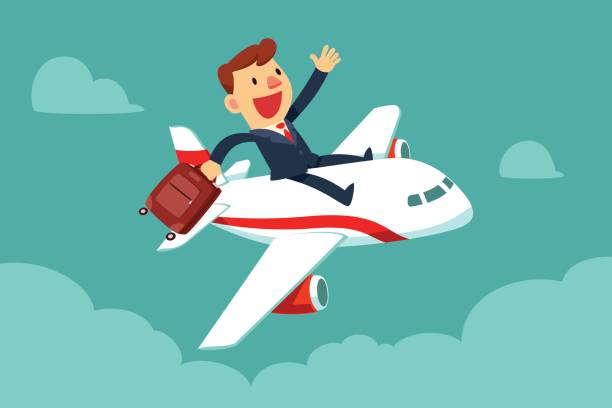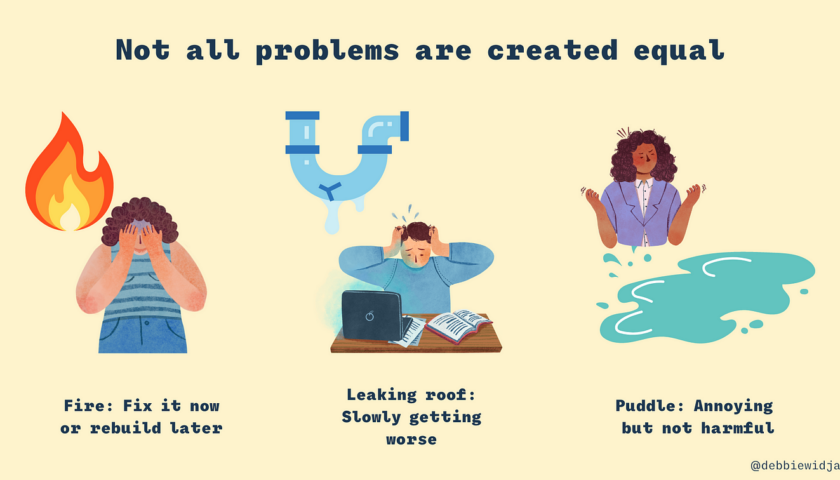Safety and security are the aviation industry’s top priorities. Disruptive passengers continue to be a major issue and unruly passenger incidents are a very real and serious threat to both safety and security. The severity of some unruly passenger incidents, along with their operational consequences, are a cause for concern. While there is no “one-size-fits-all” approach to preventing and managing unruly passengers, but it is good to remember that safety in the air begins on the ground, and unruly passenger incidents are best managed in a preventative manner by keeping unruly behaviour on the ground and off the aircraft. Thus the focus needs to shift from reacting to unruly passenger incidents to preventing incidents before they happen. In this blog I will discuss some of the strategies to reduce unruly passenger events.
Often unruly behaviour is not the result of a single event but rather the effect of a series of events that build up. Early signs of potential unruly behaviour can often be observed. The focus of the airport and airline staff should be on acting on these early signs, rather than dealing exclusively with escalated events. In addition, many incidents are related to alcohol consumption, and airport concessionaires and Cabin Crew could be reminded to keep this in mind when providing service to passengers and to take a responsible approach to the serving of alcohol.
Prevention is the most effective mitigation measure to unruly passenger incidents and could be promoted as the responsibility of aviation stakeholders, their employees and should revolve around a robust SOP. Thus, the responsibility would be shared between airline check-in counters, security staff, airport concessionaires and the gate staff and finally rests with flight crew. The stakeholders and their employees involvement would be most effective way to curb or prevent unruly passenger incidents. In cases where an act of unruly behavior occurs while the aircraft is on the ground, it is best to keep this behavior on the ground, where control of the intervention process can be given to the appropriate authorities if necessary. An unruly person is easier dealt with on the ground where the assistance of security and/or the authorities is readily available.
Such a collective responsibility and approach should be backed by national regulator. This could result in significant improvements to the problem of unruly passengers. It is incumbent on all of us within the aviation industry to realise that unruly passengers are a very real and serious safety issue, and for all of us to closely monitor and report any factors that may result in or provoke the unacceptable behaviour of passengers while at airport or in flight.
Dealing with the passengers and punishing them after the event is one thing; the industry’s aim has to be to prevent these incidents from occurring in the first place and the only way to do this is to try to understand why passengers are unruly. The world that we live in today is fraught with stress and the average person’s stress levels are ordinarily higher than they would have been 30 years ago. The stress level could have been further raised due to pre-flight process. Of course this does not excuse bad behaviour but if the industry really wants to curb such unruly behaviour inside the cabin, it cannot put its head in the sand when it comes to causal factors, however “unreasonable” it feels the passenger is being. The industry must look at soothing problem, not aggravating it.
A number of possible causes for unruly/or disruptive passenger behaviour have been identified and listed below:
- Emotional triggers originating outside the flight (e.g. loss of a job, legal issues, family issues)
- Exasperation due to long queue at check-in counters or security.
- Resentment due to lack amenities at airport.
- Fatigue due to noisy environment and/or inadequate cooling/heating at airport.
- Frustration due to delayed flights or missed connecting flight.
- Intoxication (e.g., through alcohol, narcotics or medications). It should be noted that in many cases the ingestion and consequent influence of alcohol, narcotics and/or medication starts before the passenger boarded the aircraft.
- Irritation with other passengers’ actions on-board (e.g., kicking in seats, sharing the armrest) or hygiene.
- Inadequate space, shrinking seats.
- Perceived inequality of treatment by staff.
- Irritation due to inability to smoke or use personal/portable electronic devices (e.g. mobile phones), dissatisfaction with customer service and service delivery (too slow, too long, meals, inoperative equipment: IFE, lavatories, chair tables, seats.
- Mental breakdowns / episodes e.g., acute anxiety, panic disorder or phobias.
- Mental conditions e.g. psychosis, dementia or other mental health related disorders.
- Personality differences amongst passengers or between crew members and passengers.
- Unfamiliar surroundings, fear of flying, large crowds, confined space.
- Fatigue.
- Travelling in a group for a sports event or to a popular holiday destination.
Passengers spend more time at airport than on the aircraft due to various reasons. The target of aviation industry should be to elevate the overall journey experience once the passenger reaches the airport. Adequate display boards for information, comfortable seats, spacious lounges or waiting area, pleasant ambience, adequate amenities will lead to crew and passengers alike reaching their destination on time and unharmed. Once the aircraft leaves the ground, there is no help available from outside. Cabin crew have to be innovative and trust their training and instincts. The best way to address passenger discontent is through frequent addressing passenger complaints and by increasing information and comfort.
Bottomline should be to “sit back, relax and enjoy the flight” and leave your worries behind on the ground.
If you agree, write in comment box- “Amen”.



